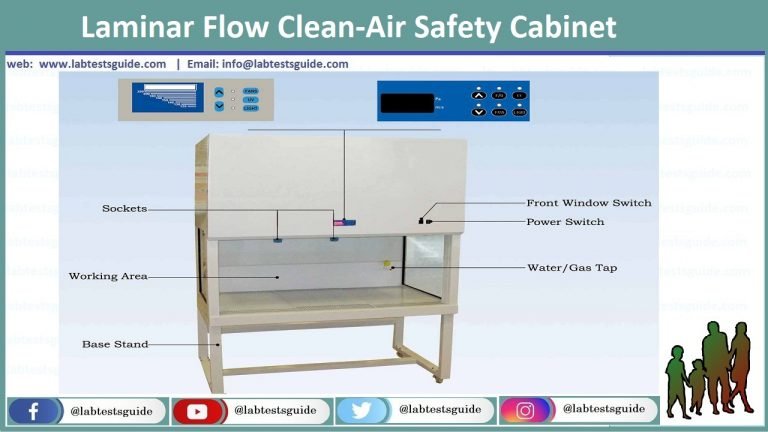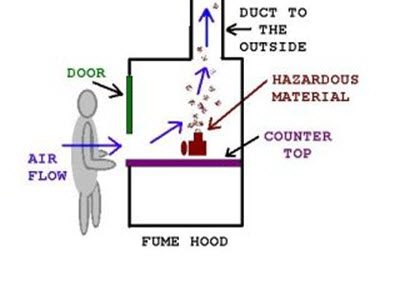

#Biosafety cabinet vs laminar flow hood iso#
Operation Condition: Air cleanliness in Class ISO 3 as per ISO EN 14644-1.Filtration: H14 HEPA/ULPA filter with an efficiency better than 99,995 % MPPS (EN-1822).It is provided with gas springs to keep it open during maintenance or sanitization operations

Front window: Stratified hinged safety glass to give easy access to large items.Work surface in stainless steel AISI 304L fixed in one piece perforated.Rear wall in stainless steel AISI 304 L, designed to conform to requirements and pass the “cleanability test”.External structure in epoxy powder coated cold-rolled steel for excellent corrosion resistance to the attack by aggressive common chemicals.The user-friendly practical keyboard and the rear-lit LCD will continuously display all required data keeping the user constantly informed of the cabinet conditions in operation.Operation Condition: Air cleanliness in Class ISO 3 as per ISO EN 14644-1.Filtration: H14 HEPA/ULPA filters with an efficiency better than 99,995 % MPPS (EN-1822).Moreover the ‘D’ models fitted with double motor-fan are designed and are also suitable to discharge the filtered air outside the laboratory through a ducting system if required.
#Biosafety cabinet vs laminar flow hood series#

However, they do not provide cultures protection from contamination.Ĭlass II- are designed for work involving BSL-1, 2, and 3 materials, and they also provide an aseptic environment required for cell culture experiments. What are the classes of laminar flow hoods?Ĭlass I- offer significant levels of protection to laboratory personnel and to the environment when used with correct microbiological techniques. There are three kinds of laminar flow hoods, designated as Class I, II and III, each have been established to meet various research and clinical requirements. Depending on the requirement- the flow can be horizontal, blowing parallel to the work surface, or vertical, blowing from top down onto the work surface. The use of a laminar flow hood is to shield the working environment from airborne contaminants such as dust, by maintaining a constant, unidirectional flow of HEPA-filtered air over the workspace. The cabinets provide an aseptic work area whilst containing infectious splashes or aerosols produced by microbiological procedures. Withnell Sensors are thrilled to partner Angelantoni Life Science (ALS) to provide a wide range of laminar flow hood/ laminar flow cabinet models.


 0 kommentar(er)
0 kommentar(er)
